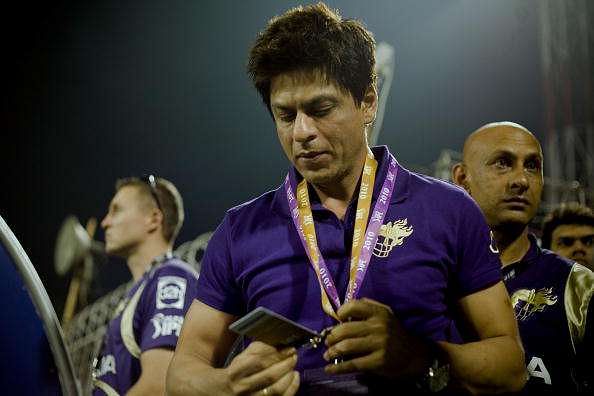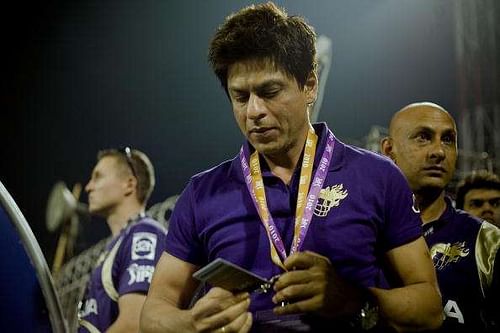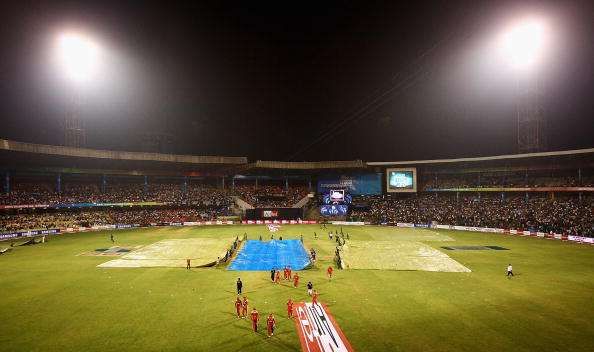
IPL 2016: How the IPL team owners make money, how the IPL players are paid - Decoding IPL economics

Yes, we know IPL involves big money. Yes, we know that Kolkata Knight Riders as a team has one of the strongest brand values in the IPL. Yes, we know that Virat Kohli is the highest paid cricketer in IPL 2016. But do we know how the IPL economics actually works?
A lot of thought process goes into the kind of investment and money flow we see in one of the most talked about tournaments in the world. The team owners are smart enough to know the pitfalls and have become wiser with every passing year.
Also Read: IPL 2016 Team and Players Lists, Key Players to watch out from each team
Here we try to decode the IPL economics and see how the teams actually make profits and where do the teams really spend their money. We also look at how the players are paid in the IPL.
How do the IPL teams make money?
Major source of income comes from the official sponsors of the IPL. For eg. Vivo is the title sponsor for IPL 9, 2016 along with other sponsors like Yes Bank, Vodafone etc. A certain percentage of the income that the tournament/BCCI generates from its sponsors (around 60%), is distributed equally amongst all the franchises.
This is a guaranteed amount that every IPL team generates annually from the official league sponsors.
Another huge stake of income comes from the broadcasting rights. Sony Entertainment has struck a media broadcast rights deal with the BCCI for Rs. 8,200 crores up to 2017. A major chunk of that money is distributed amongst the franchises by the BCCI. This is another guaranteed income that all the franchises make annually.
Also, every IPL team has its own set of dedicated sponsors. Dedicated sponsorships play a huge role in filling the coffers of the IPL owners. When you see a player’s jersey, you see less of the jersey and more of the sponsors. This way the sponsors, who have struck a deal with the individual franchises, generate a lot of publicity for themselves.
A lot of inflow is garnered from the stadium tickets in an IPL game. The franchises make a lot of money from the tickets that are bought during their respective “home” game. Also a lot of merchandised products like t-shirts and souvenirs are sold in the stadium, with food and drinks to go with it. In short, a major portion of all the activities seen in a stadium goes to the owners of the host team.
Annually, the teams also make money through player transfers and swaps. Needless to say, the teams make big money if they win the IPL as the championship prize money is pretty humongous. Just to give you an idea, the winners of IPL-9 (2016 edition) will get prize money worth Rs. 20 crores and the runners-up will get Rs. 11 crores.
Also Read: IPL Team Owners list: All you need to know about them
Where do the IPL teams spend money?

The IPL franchises have the following outflows:
Every team owner has to annually dish out 10% of their final bid amount that they had placed when they went on to become owners of a particular franchise.
Player remunerations are fixed at a certain amount every year and the owners try to invest smartly on players who will suit their requirements. Hence, we see some big names going unsold every year during the auctions. Also, the salaries for the team support staff including the coaches are decided.
Also, there are expenditures like booking the flight tickets and hotels for the players and support staff, running the administrative offices for meeting logistics of the team.
The teams have to pay a certain amount to the cricket associations in order to host their home games. For eg: Shahrukh Khan and Jay Mehta pay a certain rental amount to the Cricket Association of Bengal (CAB) in order to use the Eden Gardens stadium for KKR’s home games.
Also, every franchise spends a certain amount on marketing before every season begins. Marketing may include hosting promotional events like jersey launch, fashion shows, supporting new initiatives etc. Every team spends on popular marketing tools like Television commercials and music videos to connect better with their fans.
How are the IPL players paid?
Before getting a team up and running for a particular season, one needs to pick the right players for a tournament as big as the IPL.
Every team is given a purse from which they have to bid for the players at the auctions. A team cannot exceed the purse value hence they have to be extremely judicious while bidding aggressively.
Players are bought by the franchises for an entire season and the bidding starts from the base price that each player is allotted. After winning the bid for a particular player, the franchise gets the particular player to sign a contract with them.
The player is paid based on his availability for the entire season. The IPL salary of a player is affected if he is not available for the entire season. This situation is encountered by the franchises many times when the foreign players leave the tournament midway to fulfill national duties.
For the domestic players, IPL has been a major boost to their career financially. The money has given them an added fillip in the form of job security. The players are also given handsome incentives if their team wins the championship. Also, a certain percentage of the championship money is distributed among the players.
There is a lot of money to be won for the players even during the tournament. There are big prizes on offer for the player of the match, player with maximum sixes and the best fielder after each game. After the tournament ends, the orange cap holder (most runs in the tournament) and the purple cap holder(most wickets in the tournament) are given handsome rewards by the IPL.
Conclusion
Hence we can decipher that the IPL teams with a stronger brand value will always rake in the moolah even if their on field performances are below par. Having said that, the team owners want their team to excel on the cricket field because at the end of the day, a good team will be known for its performances on the cricket field and not by what they do behind the scenes.
Needless to say then, the commercially driven Indian Premier League has changed the dynamics of Indian domestic cricket in a massive way.